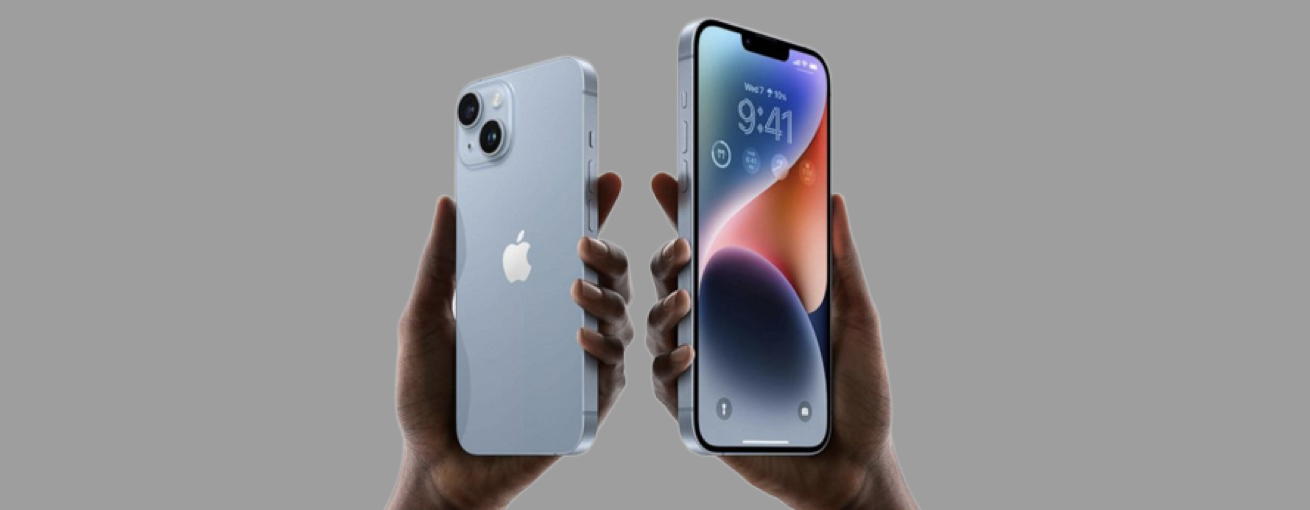The miss
For the December quarter, overall revenue was down 6% y/y, compared to up 8% last September. This translated to both a revenue and earnings miss of 3%, despite the company warning investors in November that the quarter would be negatively impacted by supply constraints for the iPhone Pro lineup. Tim Cook commented that the bulk of the macro slowdown was felt in the Mac and Wearables segments, which combined account for just over 20% of revenue. Mac revenue was down 29% y/y and wearables revenue was down 8%. The iPhone (56% of revenue in December) did well considering the production shutdowns, declining 8% y/y and flat on a constant currency basis.
